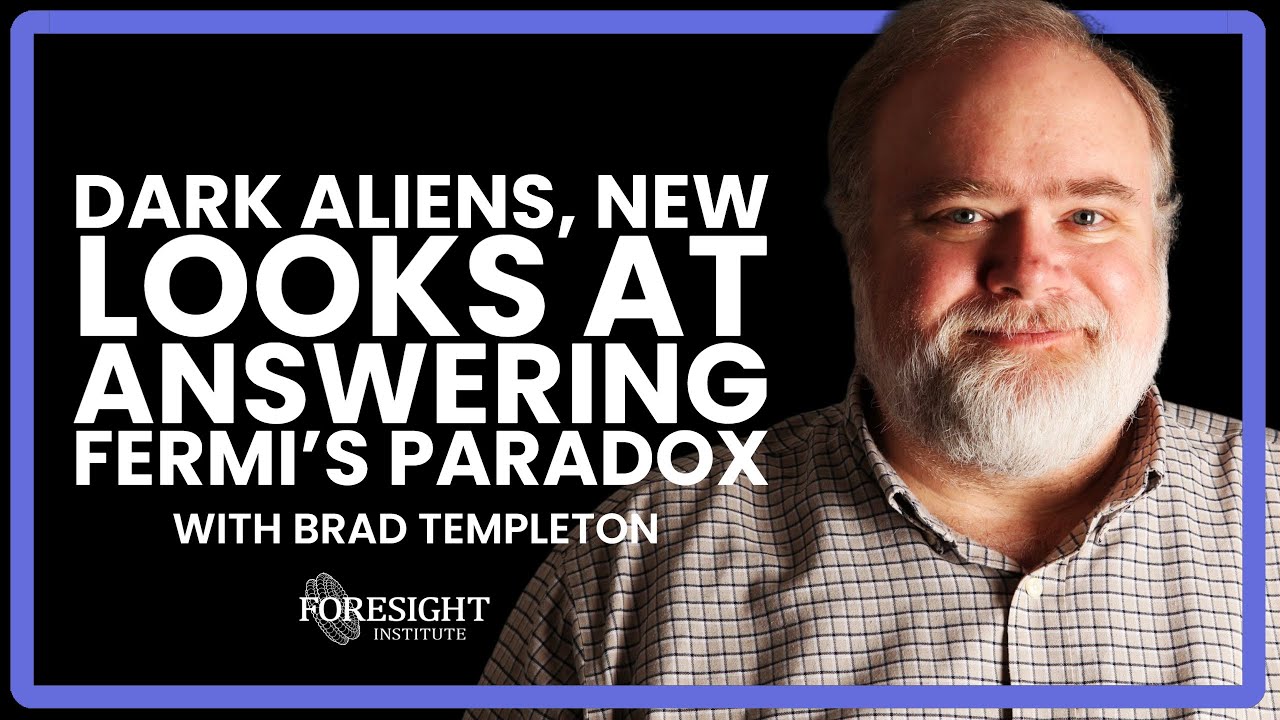For more than fifty years, radio astronomers have scanned the sky in a quest to detect signals from alien technological civilisations, an effort called the Search for Extra-Terrestrial Intelligence (SETI). More recently, searches have expanded to include optical signals, signs of construction of alien “megastructures” and other “technosignatures”. So far, all of these searches have come up empty: have we simply not searched widely enough (you wouldn’t be surprised, for example, if you sampled one litre of the ocean at random and failed to find a fish in it), are we naïve to think advanced aliens would use primitive communication technologies like those we’ve just recently invented, or are we truly alone in the galaxy or the universe?
Brad Templeton suggests we may be looking in the wrong places. Human history on Earth suggests that as civilisations develop, they do so by exploiting energy sources at their disposal, are constrained by available energy, and seek new sources of energy. All human (and terrestrial) life is made of, and powered by, matter and energy composed of “baryonic matter” which, astronomers have discovered, makes up only about 5% of the mass of the universe. “Dark matter”, much of whose composition remains a mystery, accounts for 25% of the universe’s mass—five times as much. Once a civilisation understands dark matter, they’re immediately going to ask “What is it good for?” (and then, the moment they figure out, their “leaders” will ask “How can we tax it?”). Anyway, if there’s a way to extract energy from dark matter (and several speculative schemes have been suggested), there is five times as much of it as in all of the stars, planets, asteroids, and interstellar and intergalactic gas in the visible universe.
Once aliens become sufficiently advanced to exploit dark matter, mightn’t they (in all probability, machine intelligences) go where the energy is, far from profligate stars, and harvest the true wealth of the universe—energy from dark matter. This is not to suggest the aliens are made of dark matter, although that is also a possibility.
(What about the other 70% of the mass of the universe? That’s called “dark energy”, and we don’t know enough about it to guess how it might be exploited. If the most popular theory about it [“a cosmological constant”], it does not appear to be usable as an energy source since it would be absolutely evenly distributed throughout the universe.)
